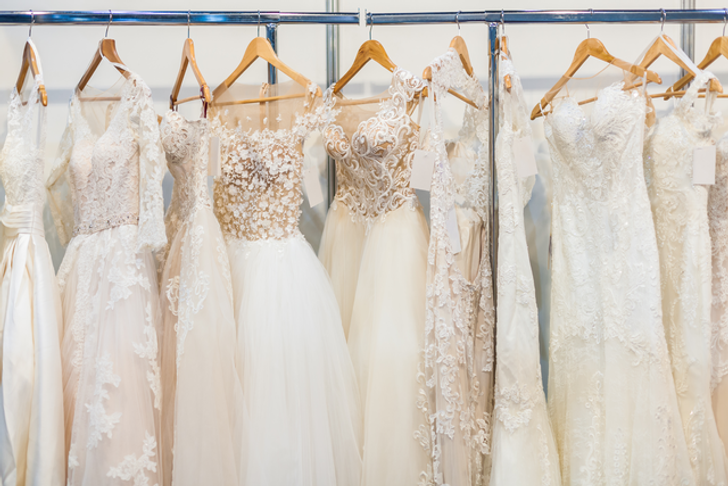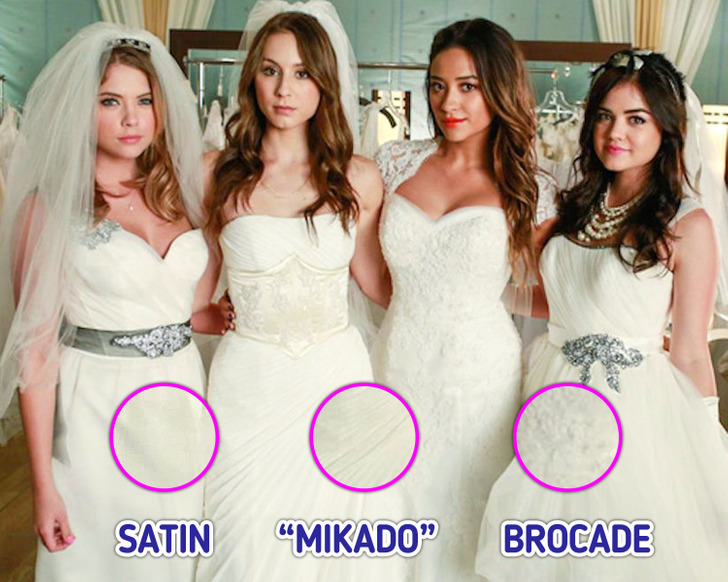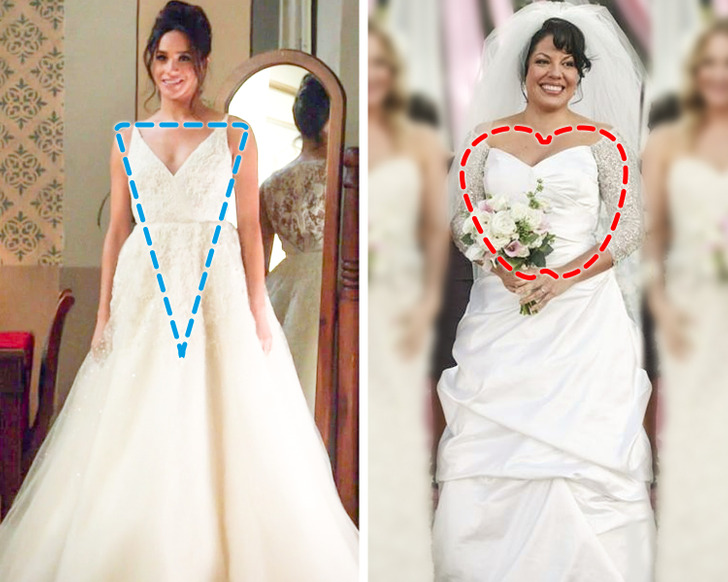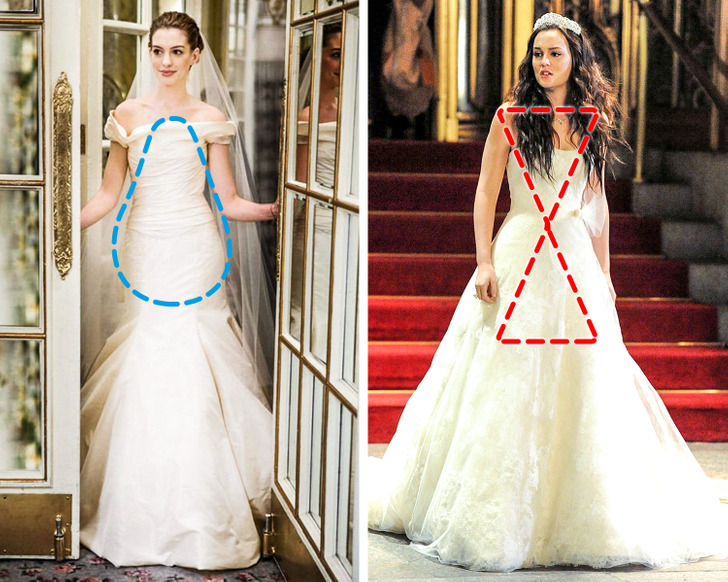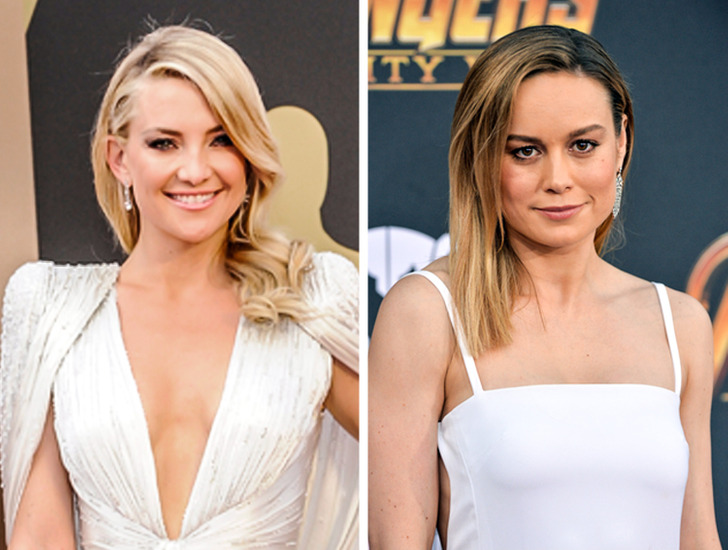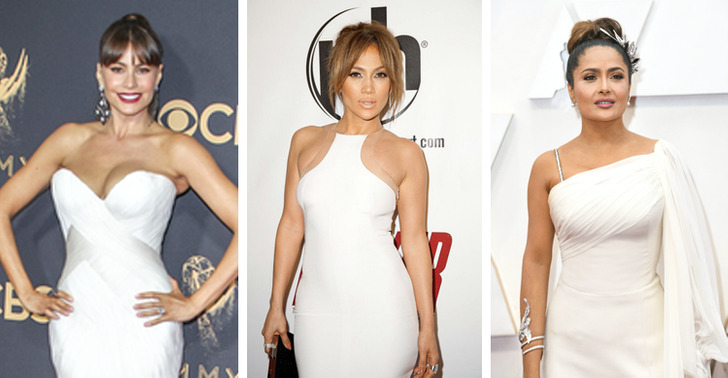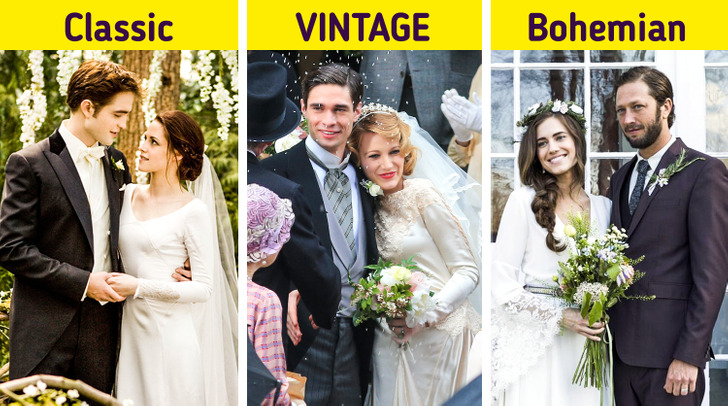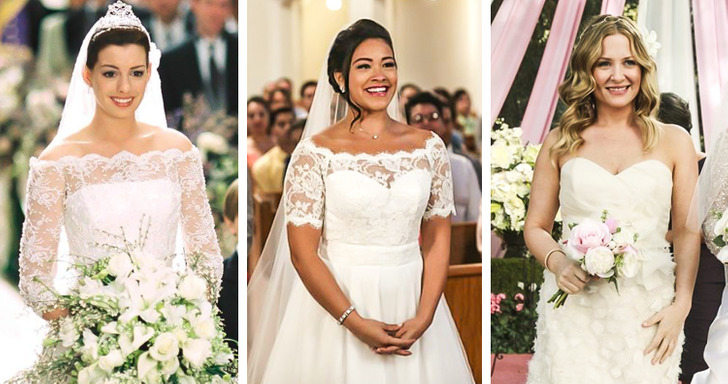Hi
8 Tips to Find the Best Wedding Dress and Stop Hesitating So Much Before the Big Day
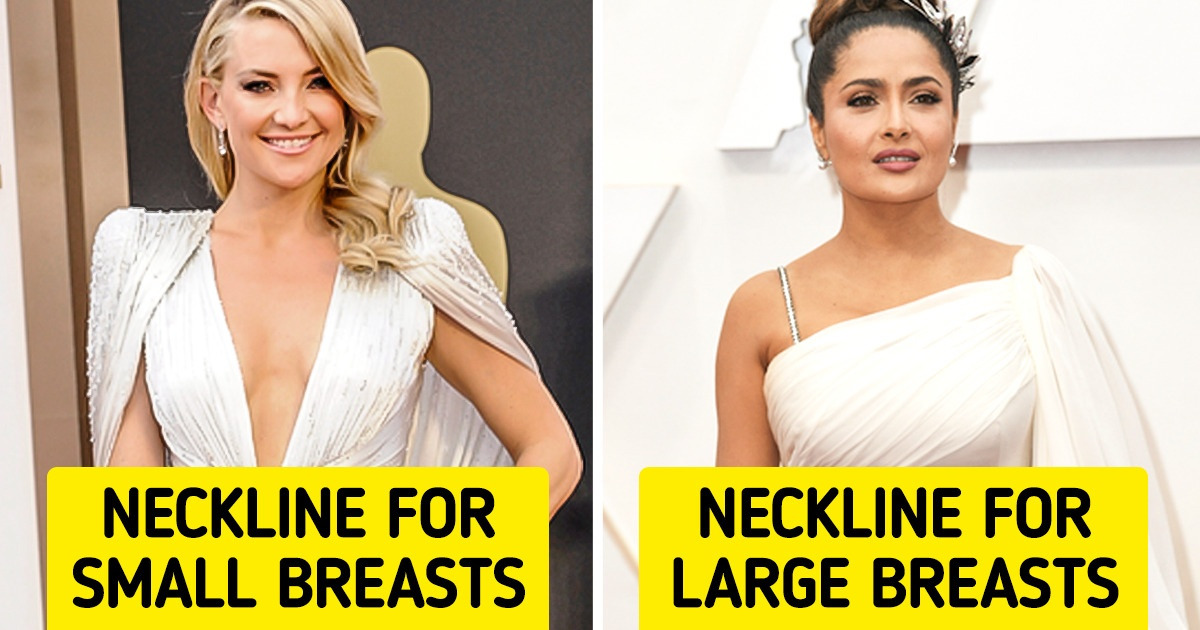
Among all the preparations for a wedding, the choice of the bride’s dress is one of the most difficult. It takes time and patience to finally find the perfect garment. Sometimes, among so many options, brides do not know where to start and end up trying on one after another, without finding the right dress. But by paying attention to some small details, you can avoid unnecessary stress and look radiant for your big day.
At Bright Side, we know that your wedding day is one of the most important days of your life, so we want to help you find your dream dress by following these 8 tips.
1. Choose the right shade of white.
When it comes to wedding dresses, there are a variety of different shades that qualify as “bridal white,” and each has its own qualities:
- Super-bright white has become less popular over the years. It is a rather harsh color that has a light blue tint that does not flatter all skin tones.
- Natural white tends to be less bright and intense because it is found in natural fibers like silk or chiffon. Wedding dresses in this shade have a lesser tendency to make you look thinner.
- Ivory is increasingly popular. A warm range that can vary from a deep cream to an off-white shade. It looks good on most skin tones unless it’s too yellow. In that case, it can clash with olive skin tones.
- Champagne can have a pink or brown tint depending on the fabric, whether silk, chiffon, or tulle. And it can be mixed with another white color to add detail and texture to a dress.
- Light gold is ideal for a bride looking to make her wedding memorable. It is available in different types of fabric, such as tulle, satin, and polyester. In addition, it can be worn in various styles and silhouettes.
- Alabaster flatters all skin types and works great with an iridescent color scheme. It has a creamy tone and a light ivory look that is becoming increasingly popular.
2. Choose the type of fabric.
Some fabrics are more suitable for structured designs; some are ideal for light, flowing styles, and others for true ball gowns. Among the most popular fabrics are:
- Tulle is an open, sheer, vaporous fabric. It is often used as a lining, for the veil, or in lace designs.
- Satin is heavy and soft, it is made from silk and nylon fibers that create a large thread count. It is one of the most traditional fabrics for wedding dresses. Although it is suitable for all seasons, the fabric wrinkles easily, which is why today’s brides prefer to avoid it.
- Mikado is a type of heavy silk with a shiny finish. Its thickness provides a structure that can be adapted to sophisticated designs. This fabric can be worn year-round, but its weight may be a better choice for colder temperatures.
- Brocade can be made of silk or synthetic fibers and is distinguished by the weave with embossed designs. The material is stiff and elegant, suitable for structured dresses in fall or winter.
- Organza is sheer and lightweight, ideal for weddings in warm climates. It is often used in layered dresses for a lustrous finish.
3. Know your body shape.
Every bride is different and unique, however, there are 4 main body types that can help you better understand which gown to buy:
- Triangle: people with this silhouette usually have broader shoulders with narrow hips. That’s where V-neck dresses come in to help balance those broad shoulders.
- Apple: in this case, the bust is voluminous, with narrow hips and a fuller midsection. A-line dresses with a shallow neckline suit this type of figure perfectly.
- Pear: the opposite shape of the triangle. Women with these characteristics have narrower shoulders and a narrower bust than their hips. The dress should define the waist while sliding over the hips. Or, a more fitted cut that flares out just above the knee would be great too.
- Hourglass: here brides have hips and a bust that are about the same size, with a narrow, well-defined waist. People with this body shape can generally pull off most dress styles.
4. Find the ideal neckline for a small bust.
One of the most important things to consider when looking for a dress is the type of neckline, as it not only highlights your face but also impacts the overall look:
- A V-neck is ideal if you’re want to have a longer torso, either with a slight or dramatic plunge. Dresses with this neckline generally have sleeves or straps that create additional support.
- A square neckline features a silhouette with angles that rest on the tips of the shoulders. This style is perfect for brides who want to accentuate their neckline and bust while making their shoulders look smaller.
5. Or find the ideal neckline for large breasts.
- A sweetheart neckline accentuates the bust area and gives a more elongated and slender appearance.
- A halter cut allows you to show off your shoulders and offers a modern look that can range from very draped to a keyhole detail.
- An asymmetrical neckline draws attention to your face for an original and unique look.
6. Go for the style that suits you best.
Bridal gowns follow fashion trends, however, it all depends on the bride-to-be’s choice according to her personality and taste. Here are some current trends:
- Classic: designed to be timeless with established cuts and little ornamentation. However, classic does not mean boring, rather, it seeks to rely on silhouettes, necklines, textures, and embellishments already tried and tested by thousands of brides. Spoiler: it works wonders.
- Vintage: a perfect way to celebrate your personal style while paying homage to your favorite decade. The design can include ruffles, beading, elegant fringe, fitted silhouettes, and more.
- Bohemian: an ethereal and relaxed way to express your personal style. Bohemian wedding dresses run the gamut from simple and casual to dramatic and glamorous. These include loose-fitting silhouettes, light-as-air lace, and delicate sleeves.
7. Choose between long, short, or no sleeves.
Wedding dress trends change from year to year. However, there is always a debate between long sleeves, short sleeves, or ditching sleeves altogether and choosing a strapless style.
- A long sleeve wedding dress offers a romantic look that is perfect for brides looking to embrace a touch of sophistication or who are not interested in showing off their arms. It has a beneficial effect for brides with a shorter stature, as it elongates the silhouette.
- Short sleeves have gained popularity in recent years. Brides looking for vintage and bohemian themes often dress in this distinctive style, whether they are delicate sleeves with lace fabric or minimalist sleeves with bold, dazzling details.
- Sleeveless wedding dress designs continue to be very popular. Regardless of the style, cut, or sleeve type, the choice of undergarments should ensure comfort throughout the day.
8. Set a budget.
A wedding budget determines how much you can spend on every area of the event, from the venue to the smallest details. Because of this, you also need to set a budget for the wedding dress. Costs vary widely and are based on a variety of factors:
- Designer: big designer brands usually cost more because they are a symbol of status and exclusivity.
- Fabric: some materials are more expensive than others, and should be taken into account when planning a budget.
- Season: wedding dress designers present their collections once or twice a year. Newer designs tend to have higher prices, and sometimes dresses from past seasons are offered at a discount.
- Details: if the dress has a lot of lace or hand-woven appliqués, it can dramatically increase in price.
Can you describe what your ideal wedding dress would look like? What is the funniest or most interesting anecdote you know about a wedding?
Comments
Related Reads
12 People Share True Events That Marked Them Forever
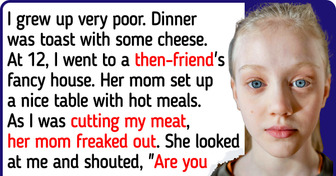
17 Things That Were Made for Everyone to Like Them
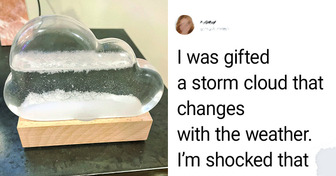
20 People Who Decided to Live Their Life With Humor

17 People That Changed So Much They Can Barely Recognize Themselves in the Mirror

20 Twitter Users Shared the Funny Situations They Went Through With a Child Therapist
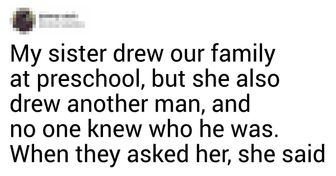
15+ Amazon Finds That Will Have Your Friends Ask “OMG, Where Did You Get That?”

10 Celebs Who Were Living Their Normal Lives When They Were Given a Chance to Step Into the Spotlight

13 Stories That Prove Kindness Is the Quiet Superpower We All Share

11 Stories of Moms Who Finally Accepted Their Son’s Partners
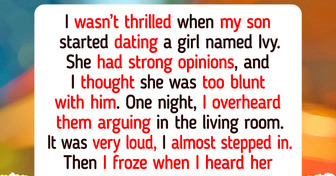
I Refuse to Sleep Under the Same Roof as My Stepson — My Daughter’s Safety Comes First
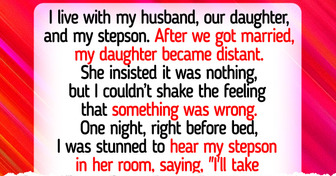
15+ Stories That Prove First Love Stays With Us Forever

14 Stories That Prove Kindness Takes a Moment, but Means the World

